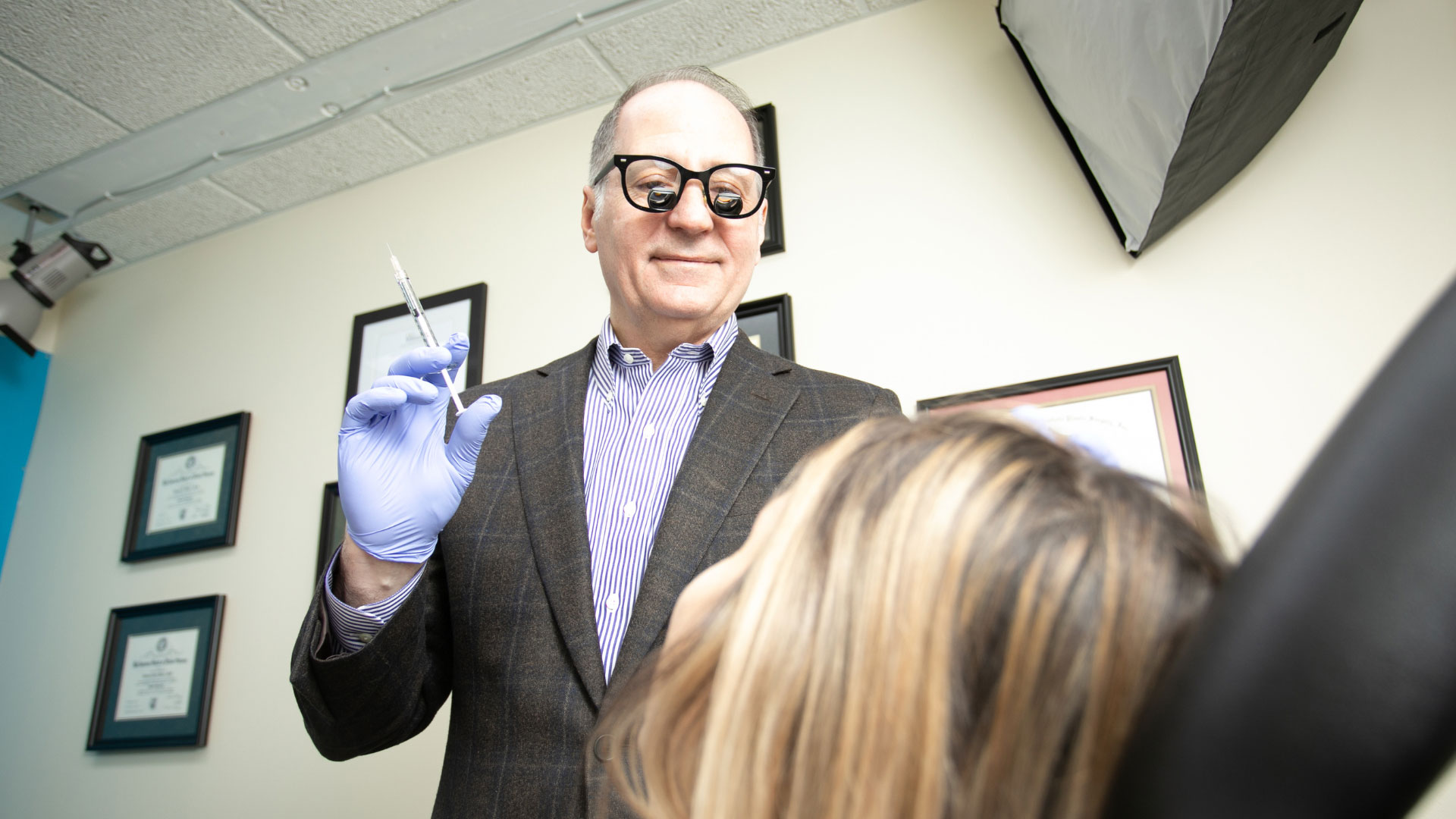Hyaluronic fillers are a popular choice for enhancing facial features and achieving a youthful appearance. They offer a non-surgical option for adding volume, smoothing wrinkles, and defining contours. However, with their increasing use comes growing concern about a phenomenon known as “filler migration.” Understanding filler migration is essential for anyone considering or currently using hyaluronic acid fillers.
What is Hyaluronic Filler Migration?
Filler migration occurs when the hyaluronic acid gel moves away from the original injection site to another area of the face. This can lead to uneven or undesirable results, such as lumps, bumps, or a puffy appearance.
Why Does Filler Migration Happen?
There are several reasons why filler migration might occur:
- Improper Injection Technique: The most common cause of filler migration is improper injection technique. If the filler is placed too close to the surface of the skin, in the wrong plane, or in an area of high muscle activity, it can move over time. Having a board-certified plastic surgeon like Dr.Mucci administer injections minimized improper technique.
- Overfilling: Using too much filler in one area can cause it to spread beyond the desired region. This can result in the filler moving to areas where it was not intended.
- Product Quality and Type: Not all fillers are created equal. Some fillers may have a higher risk of migration due to their consistency, longevity, or formulation. Look for high-quality products and injectors.
Signs of Filler Migration
Identifying filler migration early can help address the issue before it becomes more pronounced. Some signs to look out for include:
Unevenness: If you notice that the area where you received filler looks lumpy or uneven, it could be a sign of migration.
Swelling: Persistent swelling or puffiness in areas that were not directly treated may indicate that the filler has moved.
Change in Shape: If the shape of your face, lips, or other treated areas changes unexpectedly after your procedure, migration could be the cause.
Preventing Filler Migration
Preventing filler migration starts with choosing a skilled and experienced injector. Here are some steps to minimize the risk:
Choose the Right Practitioner: Ensure that your injector is a qualified and experienced professional, such as Dr. Mucci, who understands facial anatomy and proper injection techniques.
Follow Post-Procedure Care Instructions: After your treatment, follow your practitioner’s aftercare instructions carefully. Avoid massaging the treated area unless advised to do so, and refrain from strenuous activities that could affect the filler.
Opt for Regular Check-Ups: Schedule follow-up appointments with your practitioner to monitor the results of your treatment and address any concerns early.

What to Do if Filler Migration Occurs
If you suspect that your filler has migrated, it’s essential to consult your injector immediately. Depending on the severity, options to correct migration may include:
Dissolving the Filler: Hyaluronic acid fillers can be dissolved using an enzyme called hyaluronidase. This allows your practitioner to remove the migrated filler and restore a more natural appearance.
Reinjection: In some cases, after the migrated filler is dissolved, a new treatment plan may be created to achieve your desired results safely.
Understanding hyaluronic filler migration is an important aspect of cosmetic procedures. While the risk is relatively low, being informed about the causes, signs, and prevention can help you make the best decisions for your aesthetic goals. Always consult with a trusted professional like Dr. Mucci, who prioritizes patient safety and satisfaction, to ensure the best possible outcome from your filler treatment.


